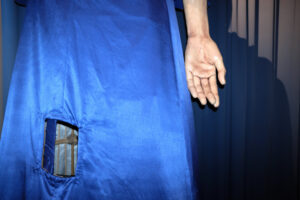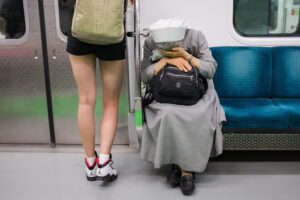Jeffrey De Keyser, a street photographer from Ghent in Belgium, is an expert on the subject. He says that street photography can capture a tiny slice of human life, elicit emotions, and influence people’s thinking by using a universal visual vocabulary. It is a reflection of our imagination and an existential enquiry into perception. It can express something beyond words.
Thank you, Jeffrey, for accepting the invitation. Please continue reading…

Please introduce yourself to the readers.
Born in 1984. I currently live in Ghent, Belgium and work as a teacher of human sciences in Brussels. My biggest passions, other than teaching, are travelling and photography. Preferably both at the same. These passions are a reflection of my desire to explore society and the mind.
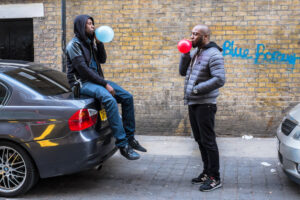
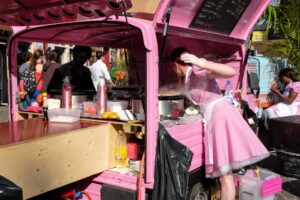
How did you first discover photography?
Street photography is a genre that has always intrigued me. I have been fascinated by the power of visual communication as a way to communicate and tell stories. But it wasn’t until 2014 when I started taking photography more seriously, I was introduced to the genre. It’s still my favorite genre. It’s not only a way to reflect on yourself and your environment, it opens up an entirely new world full of untold stories and magical moments. It started as a hobby, but has evolved into a way of self-expression. This fundamentally altered my perception of the world.
What makes street photography special to you?
The power of street photography is to capture a tiny slice of human life, to evoke emotions in people and to influence them through a visual language that is universal. It is a reflection of our imagination and an inquiry into the nature of perception. It can express things that are beyond words.
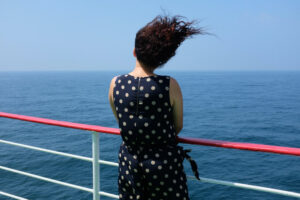

What is the most complex thing about street photography, in your opinion?
Street photography is a great hobby for anyone. You only need a camera. The complexity is in the simplicity and controlling variables in a world that you can’t really control.
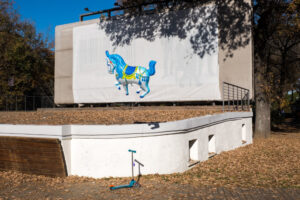
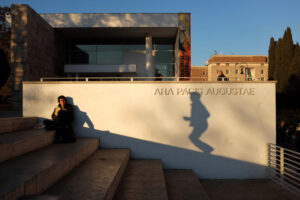
What do you think the future of street photography will be?
Street photography will continue to explore the relationship between man’s urban environment and himself, but I believe this environment will fundamentally change due to globalization, hyperurbanization, artificial intelligent and climate change. These processes will have an impact on how cities are conceptualized.
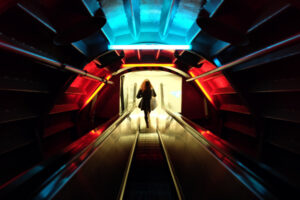
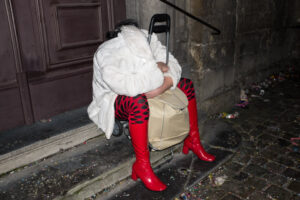
Your photos were very powerful and simple when I looked at your portfolio. How did you create this unique style of photography?
Alex Webb said once that 99 percent street photography is failure. My success rate is lower than 1%. Street photography does not require special equipment but passion, practice and patience are required. A lot of walking is required to get to the place where vision and luck combine.
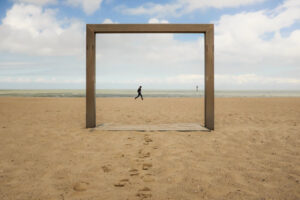
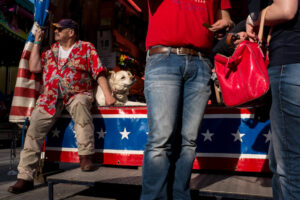
What are your favorite photographers?
Harry Gruyaert Saul Leiter and Alex Webb. They are praised for their ability to create photographs in which light, color and composition combine into a holy trinity while maintaining a sense of place and time.
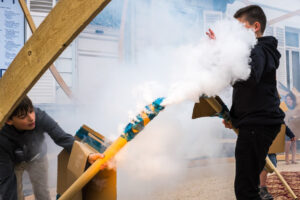

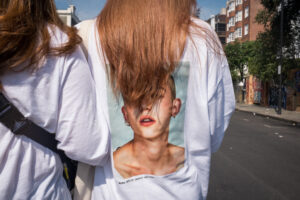
Your favorite photography quote(s)?
Robert Doisneau: “If I could take a great photograph, I would do it all the time.”
All photos are accurate. “None of them are the truth.” Richard Avedon
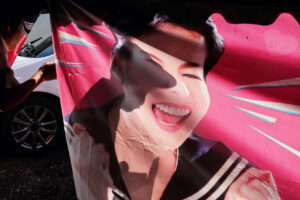

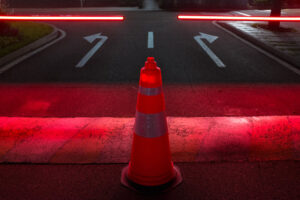
Your gear?
I use only one camera: a Fuji X100T. Its compact size and fast autofocus are appealing. I have to be close to my subject because the lens has only one focal length (23mm/F2). In low-light conditions or under certain circumstances, I may also use my Fuji EF X20 external Flash.
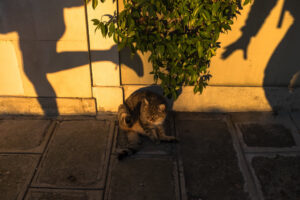


What is the most important thing you have learned as a street photographer? What is your street philosophy?
By observing the behavior of people in different situations, and across cultures, I have come to the conclusion we all struggle with the human situation. Albert Camus, a French existentialist philosopher, defined the human condition in absurd terms. He said that it was the conflict between the desire of man to have meaning and purpose in his life and his inability to do so. Camus concluded that freedom is found in the recognition of absurdity and the acceptance that life has no purpose while living it fully.
Camus calls the creator the most absurd man of all. In this way, photography is a creative and cathartic means of coping with absurdity without having to try to explain it. It is the precursor to all civilisation. In the blind alley where we live, only rebellion can give us hope for the future that Nietzsche envisioned: “Instead of judge and oppressor, let the creator be.”… Of all schools of patience, lucidity and creation, creation is most effective. It’s also the most striking evidence of the dignity of the human being: his dogged rebellion against his circumstances, perseverance with an effort deemed sterile. (Excerpt from Albert Camus’ ‘The Rebel.’)
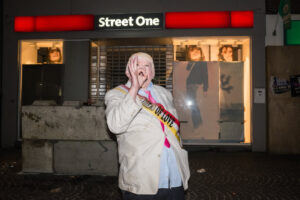
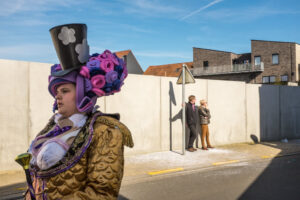
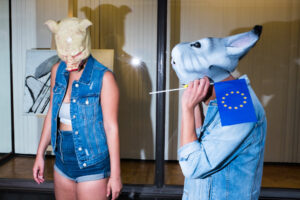
Tell me more about your interests and hobbies besides photography.
My inspiration comes from cinema, music and modern and contemporary art. I also draw on social sciences and philosophy. Some of these elements may be reflected in my photographs.
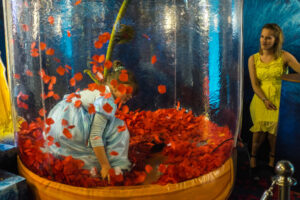

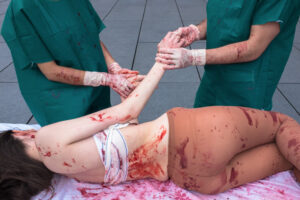
What final words or advice would you like to give your fans and readers?
Avoid wasting time by reading about cameras and buying new equipment. Choose experientialism over materialism. Study and analyze the work of master photographers and develop your own style and vision. Be prepared to make many mistakes and take a lot more photos.
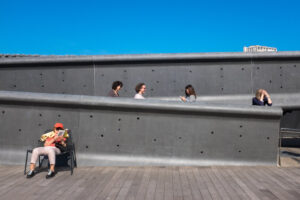

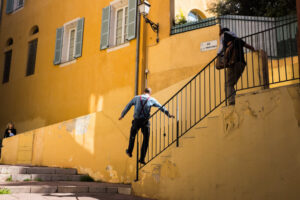
Copyrights:
All the pictures in this post are copyrighted Jeffrey De Keyser. Their reproduction, even in part, is forbidden without the explicit approval of the rightful owners.

